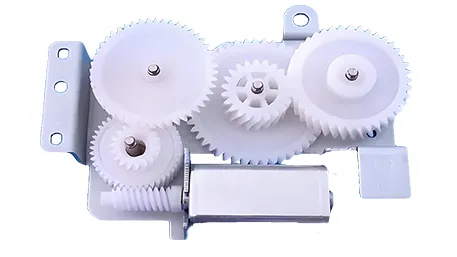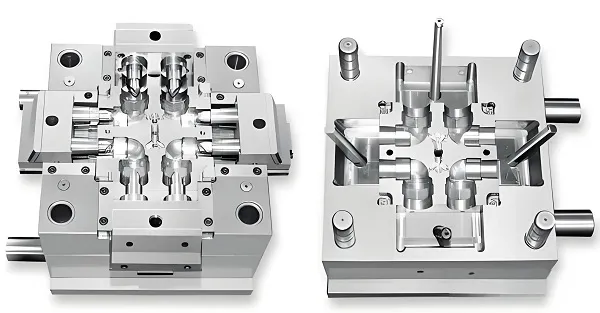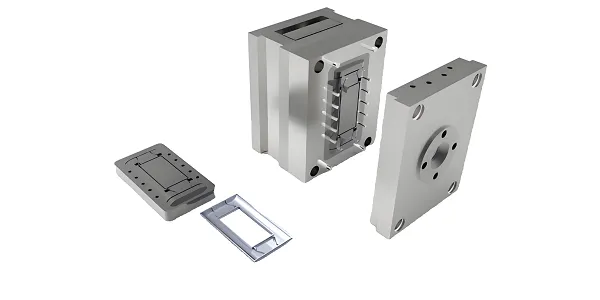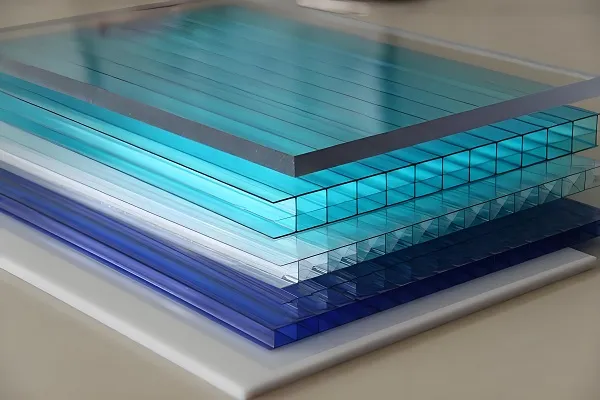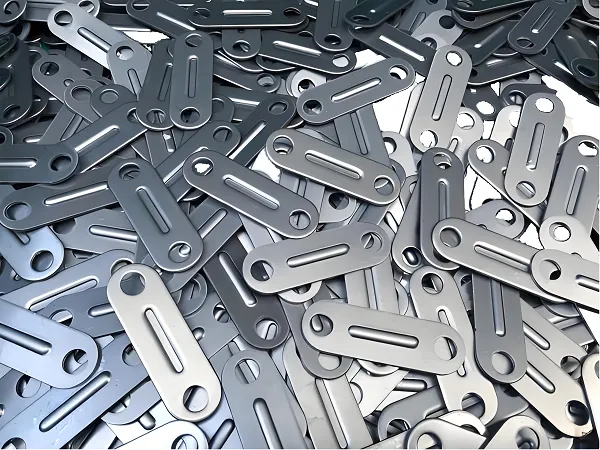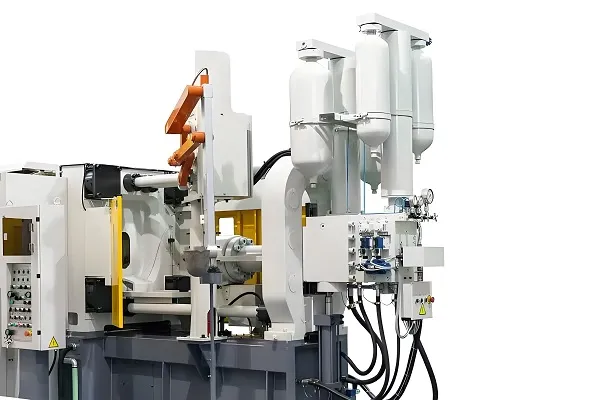Progressive stamping, also known as progressive stamping or continuous stamping, is an efficient and precise metal forming process. It is a highly efficient and precise metal forming process, in which multiple stations are set up on a production line, with each station completing a stamping process, and the workpiece passing through each station in turn as the mold moves, ultimately completing the entire stamping process. Progressive stamping is widely used in automotive, electronics, home appliances, aerospace and other industries for the production of various complex shapes of metal parts.
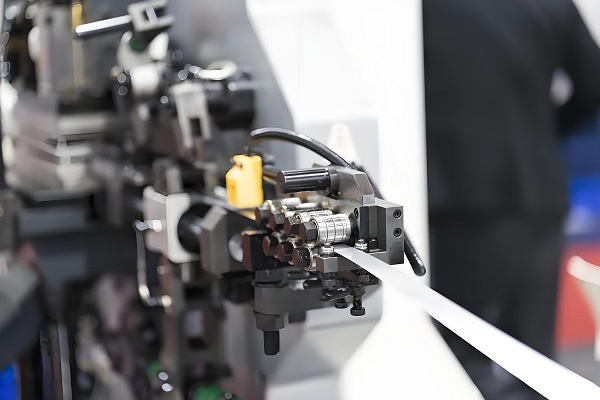
1.Advantages of progressive stamping process
Efficient production: Progressive stamping can significantly increase production efficiency through automated production lines, producing hundreds or even thousands of parts per minute.
Cost reduction: Due to the high degree of automation and continuity of the process, manual intervention is reduced, lowering labor costs. At the same time, the optimized design of the tooling reduces scrap generation, further reducing costs.
High accuracy: Progressive stamping dies are typically made of hardened tool steel, which maintains high accuracy over time and ensures consistency from part to part.
Flexibility: Progressive Stamping can accommodate a wide range of part designs from simple to highly complex, providing greater freedom for product designers.
2. Progressive Stamping Fittings Characteristics
Progressive stamped parts usually have the following characteristics:
Structural stability: Structural stability and strength of the part is ensured through precise mold design and process control.
High precision: the size and shape of the parts are of high precision to meet the requirements of precision assembly.
Good surface quality: During the stamping process, the metal surface is subjected to uniform pressure, forming a smooth and neat surface.
High material utilization rate: through optimizing the die design and process parameters, the material utilization rate is improved and the waste is reduced.
3. Progressive stamping parts materials
Materials commonly used for progressive stamping fittings include:
Mild steel plate: good plasticity and toughness, easy to press molding.
Stainless steel plate: corrosion-resistant, high-temperature resistant, suitable for parts requiring high corrosion resistance.
Aluminum alloy plate: lightweight and high strength, suitable for aerospace, automotive and other areas with high lightweight requirements.
Copper and copper alloy: good electrical and thermal conductivity, suitable for electronics, communications and other fields.
4. Characteristics of progressive stamping parts of different materials
Note: The data in the table are relative values, only used to compare the characteristics of different materials.
5.Progressive stamping process development
In recent years, progressive stamping process has made significant progress in the following aspects:
Tooling design optimization: Advanced CAD/CAM technology is adopted for tooling design, which improves the accuracy and life of the tooling.
Automated production line: The introduction of robots, automated conveyor systems and other equipment has realized the full automation of the production line.
Application of new materials: With the development of material science, more and more new materials are applied in progressive stamping, such as high-strength steel and titanium alloy.
Intelligent monitoring: By introducing sensors, Internet of Things and other technologies, real-time monitoring and intelligent management of the production process is realized.
Customized Progressive Stamping Parts FAQ
Q1: How to determine the precision requirement of progressive stamping parts?
A: The precision requirement is usually determined according to the usage environment and functional requirements of the product. When customizing Progressive Stamping Fittings, you should communicate with suppliers in detail to clarify the precision requirements to ensure product quality.
Q2: What are the considerations for material selection of progressive stamping parts?
A: Material selection should consider the functional requirements of the product, the use environment, cost budget and other factors. Different materials have different characteristics, such as strength, hardness, corrosion resistance, electrical conductivity, etc., and should be selected according to actual needs.
Q3: How long is the production cycle of progressive stamping parts?
A: The production cycle depends on factors such as the complexity of the product, the number of orders and the capacity of the production line. Generally speaking, the production cycle of customized progressive stamping fittings is between a few weeks and a few months.

